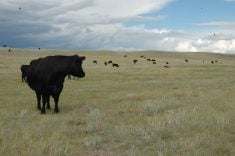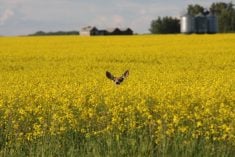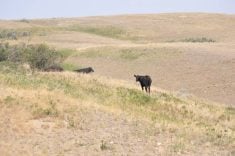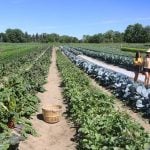An early start on the 2003 fall weed control program may be tempting.
However, the temptation should be resisted because the timing of fall applications is critical to the success of fall weed control.
“September is not the best time to control winter annual weeds because many more will germinate before freeze up,” says Clark Brenzil, Saskatchewan Agriculture’ weed control specialist.
“The best timing for an application of inexpensive phenoxy herbicides – 2,4-D or MCPA – is in October, as close to freeze up as possible or as early in the spring as possible, while plants are still in the rosette stage and actively growing.”
Read Also
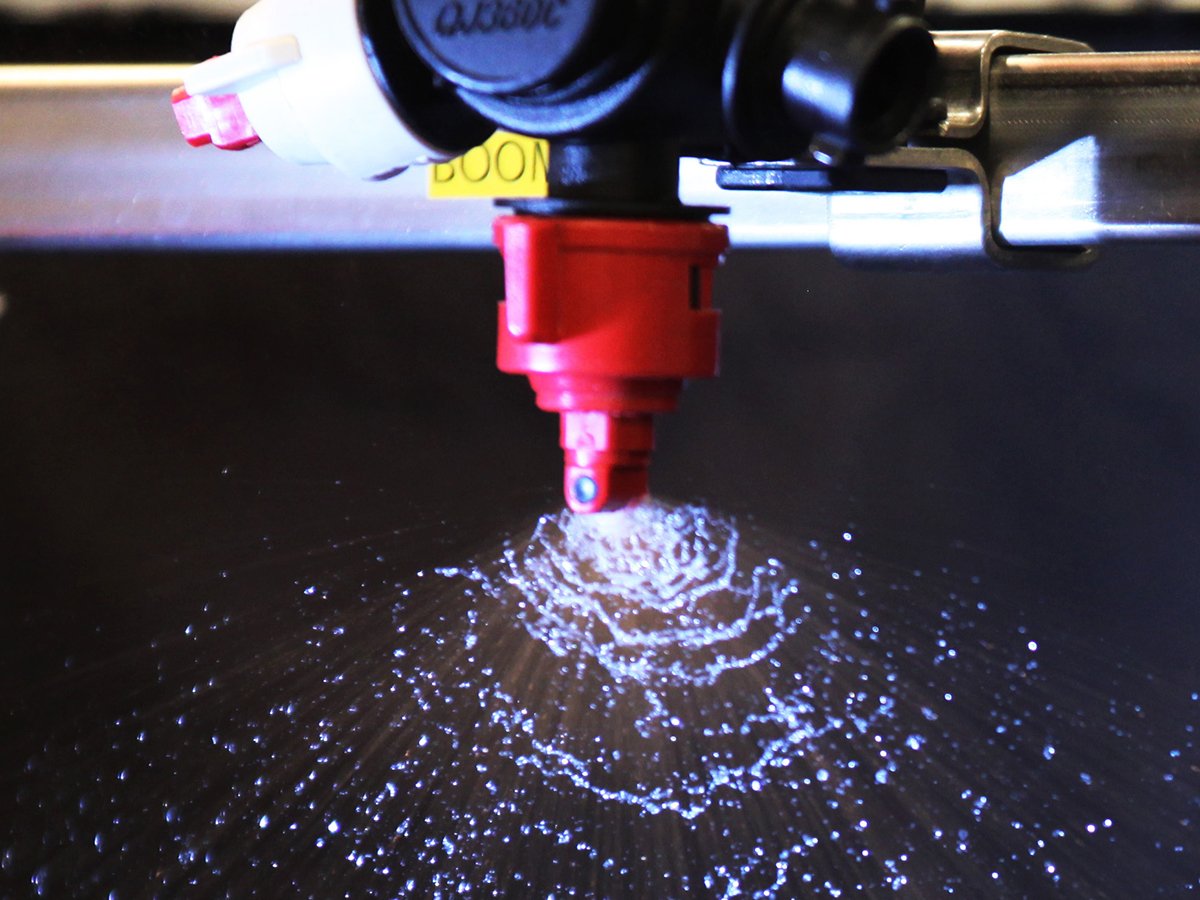
Members of Parliament get earful about need for regulatory reform
Canadian farmers have long complained they don’t have access to products as quick as their American counterparts because of Canada’s rules.
Winter annuals, such as flixweed, stinkweed and shepherd’s purse, germinate in the fall and, after wintering under the snow pack, produce seeds and die relatively early the next year. They have a high tolerance for cold temperatures and are the first plants to set seed in the spring.
Some, such as pygmyflower and yellow whitlow-grass, complete most of their life cycle before field activity begins.
Pygmyflower, yellow whitlow-grass, American dragonhead and purslane speedwell appeared in greater numbers than usual this spring, but Brenzil said there is no need for special concern. Because all are native to North America and are well adapted to the prairie climate, they are likely reacting to the dry conditions of the past few years, combined with substantial fall moisture in 2002. The late harvest in 2002 also meant that late fall applications of herbicide were minimal.
Brenzil said the rapid maturity of these and other winter annuals in the spring is the reason for recommending fall control.
“Delaying control until later in the spring will allow more plant resources, such as water and nutrients, to be used up by the plants. Controlling winter annuals in the fall with low rates of phenoxy herbicides also allows the seeding of sensitive crops, such as pulses and oilseeds, while spring applications can cause injury. And finally, spring weed control increases the risk of delayed application due to weather, with the possible result that weeds are not controlled at all.”
Rates of four to six ounces (113 to 170 grams) active ingredient per acre of 2,4-D are sufficient to control winter annual plants in the fall. Tough winter annuals such as narrow-leaved hawk’s-beard require a high rate of 12 oz. of active ingredient per acre. On the other hand, if 2,4-D is used in the fall, it may interfere with control of narrow-leafed hawk’s-beard with a glyphosate burn-off applied in the spring.
“Fall is also the optimal time to apply herbicides to control biennial and perennial weeds,” Brenzil said. “This is because these plants are storing energy reserves to survive the winter, and to provide energy for growth and reproduction the following year.
For example, Canada thistle begins to move sugars to the roots when day length drops below 15 hours. The transition to less than 15 hours of daylight occurs in Saskatchewan on Aug. 3 at the U.S. border, Aug. 7 in Regina, Aug. 10 in Saskatoon and Aug. 12 in Prince Albert. Herbicides applied when sugars are moving to the roots are carried downward with the flow.
“When timing fall herbicide applications, however, calendar date is less important than having a large amount of supple green leaf tissue to intercept the herbicide,” he said.
“Applying herbicide too soon after harvest may result in insufficient new leaves, and waiting too long may mean that the leaf tissue is damaged by frost, which makes it unsuitable for herbicide uptake.”



